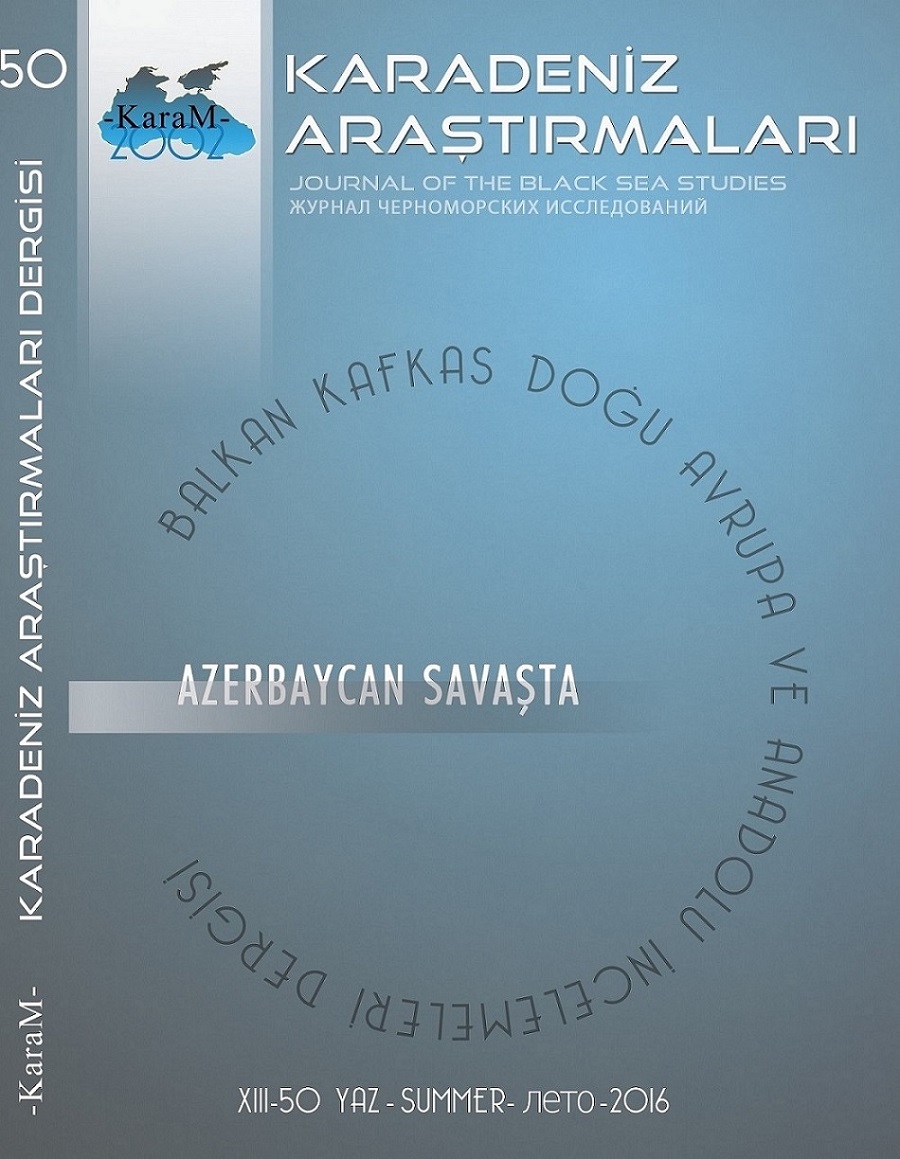Geomorphological Features and Tourism Potential of the Valla Canyon Kastamonu/Turkey
Geomorphological Features and Tourism Potential of the Valla Canyon Kastamonu/Turkey
Author(s): Canan Tanrisever, Bilgin Ünal İbret, Duran Aydinözü, Emin CansizSubject(s): Geography, Regional studies, Tourism
Published by: Karadeniz Araştırmaları Merkezi
Keywords: Valla; Canyon; Canyonnering; Climbing; Tourism; Kastamonu; Turkey;
Summary/Abstract: The Valla Canyon has a karstic structure and is located in northern Turkey in the Pınarbaşı District of the historical Kastamonu city. It is one of the biggest canyons in Turkey and was composed by merging the Devrekani and Kanli Streams. The length of the canyon is 12 km and the depth is 1000-1200 m. Access to the canyon is located in Kure Mountains National Park (The only PAN Park in Turkey) and it is possible to access it via paths. Few people know and visit the canyon because of the lack of advertisement. The aim of this research is to determine geomorphological features of the canyon and to reveal tourism potential. Geological, topographical, and tectonic features were mapped and tourism potential was determined by analyzing SWOT as a method. Flora diversity, magnitude of the canyon, climate, humidity level of the mountains, its being close to water production sources, its huge karstic features, and its numbers of caves and waterfalls are strengths of the canyon. As a result, Valla Canyon has a huge tourism potential with natural beauties, attractions and it is proper for nature sports like rock climbing, canyoneering and trekking. Because of the high difficulty level, it will be a unique example for international climbers and canyoneers.
Journal: Karadeniz Araştırmaları
- Issue Year: 2016
- Issue No: 50
- Page Range: 191-202
- Page Count: 12
- Language: English

